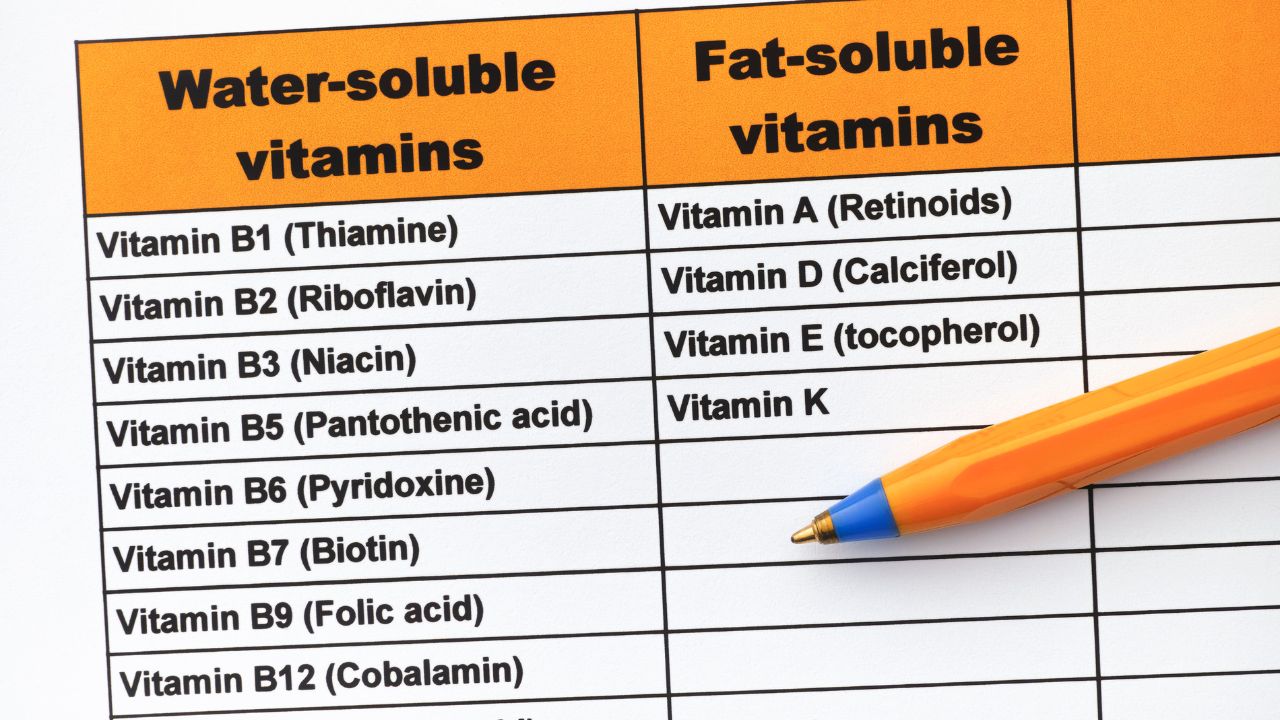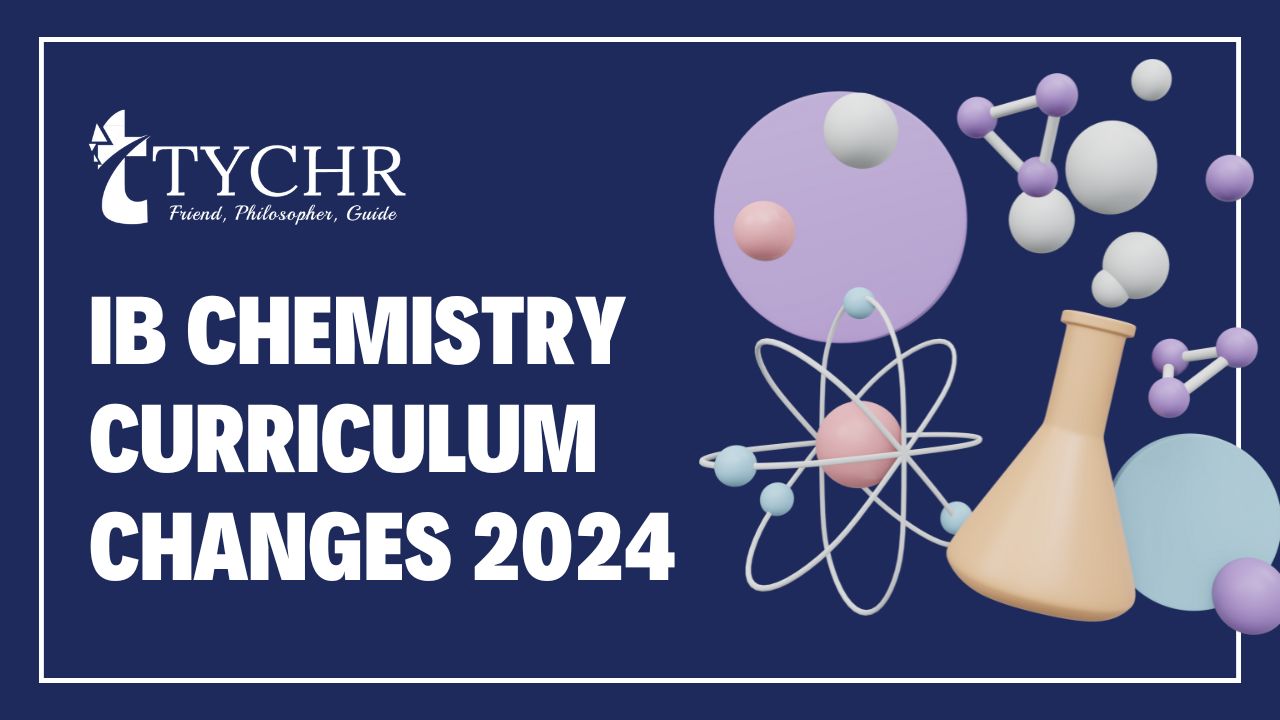Table of Contents
Introduction to Soluble Compounds
Welcome to the fascinating world of chemistry, where amazing compounds are waiting to be explored! One essential concept in this realm is solubility, which refers to a substance’s ability to dissolve in a given solvent. Understanding soluble compounds and how they behave is vital for any aspiring chemist or science enthusiast.
In this blog post, we will delve into the realm of soluble rules – your ultimate guide to identifying soluble compounds in chemistry. We’ll uncover the characteristics that make substances soluble, explore common examples of these compounds, and provide you with valuable insights on determining whether a compound is soluble or insoluble. So grab your lab coats and let’s dive into this captivating subject!
Whether you’re studying for an exam or simply curious about how different substances interact with one another, understanding solubility opens up a whole new dimension in our understanding of chemical reactions. Let’s embark on this exciting journey together as we unravel the mysteries behind solubility and its importance in the field of chemistry. Get ready to unlock some serious scientific knowledge – it’s time to discover the secrets behind those seemingly magical dissolving acts!
Characteristics of Soluble Compounds
When it comes to understanding soluble compounds in chemistry, it’s important to recognize their unique characteristics. Soluble compounds have the ability to dissolve in a solvent, usually water, forming a homogeneous mixture. This means that the individual particles of the compound disperse evenly throughout the solvent.
One key characteristic of soluble compounds is their ability to undergo dissociation or ionization when they dissolve. This means that they break apart into ions, which are electrically charged particles. The presence of these ions allows for interactions with other substances and can lead to various chemical reactions.
Soluble compounds also tend to have polar bonds or ionic bonds within their molecular structure. Polar bonds result from the unequal sharing of electrons between atoms, creating partial positive and negative charges within the molecule. Ionic bonds involve complete transfer of electrons from one atom to another, resulting in positively and negatively charged ions.
Another characteristic worth noting is that soluble compounds often exhibit high solubility at room temperature. This means that significant amounts of these substances can dissolve in a given amount of solvent under normal conditions.
Furthermore, soluble compounds typically demonstrate clear solution formation upon dissolution. In contrast, insoluble compounds will not fully dissolve and may form suspensions or precipitates when mixed with a solvent such as water.
Understanding these characteristics is essential for determining whether a compound is soluble or insoluble and predicting its behavior in different chemical processes. By recognizing these traits, chemists can make informed decisions about reaction conditions and optimize experimental procedures accordingly.
In conclusion (not concluding), familiarizing oneself with the characteristics of soluble compounds provides valuable insights into their behavior within various chemical systems. Recognizing factors like dissociation/ionization tendencies, polarity/ionic bonding characteristics, solubility levels at room temperature, and solution formation properties helps scientists accurately identify whether a compound will readily dissolve or remain insoluble during experiments or reactions — an invaluable skillset for any chemist!
Also Read: Getting to Know Hydrates: An Introduction to Definition, Naming, and Examples
Common Examples of Soluble Compounds
In chemistry, there are numerous soluble compounds that dissolve readily in water or other solvents. One common example is table salt, also known as sodium chloride (NaCl). When added to water, the ionic bonds between the sodium and chloride ions break apart, resulting in a solution of Na+ and Cl- ions.
Another widely encountered soluble compound is sugar, or sucrose (C12H22O11). This sweet substance dissolves easily in water due to its molecular structure. The polar nature of the water molecules allows them to interact with the hydroxyl (-OH) groups on sucrose molecules through hydrogen bonding.
Various acids like hydrochloric acid (HCl), sulfuric acid (H2SO4), and acetic acid (CH3COOH) are also soluble compounds. Acids dissociate into their constituent ions when dissolved in water. For instance, HCl breaks down into H+ and Cl- ions.
Some bases such as sodium hydroxide (NaOH) and potassium hydroxide (KOH) are highly soluble too. These substances dissociate into OH- ions upon dissolution.
Furthermore, many metal salts exhibit solubility in water. For example, magnesium sulfate (MgSO4), copper sulfate (CuSO4), and iron(III) chloride (FeCl3) all form aqueous solutions when mixed with water.
The list of soluble compounds goes beyond these examples; it encompasses a vast range of organic and inorganic substances that can dissolve completely or partially depending on various factors such as temperature and pressure.
Understanding which compounds are soluble is crucial for chemists as it enables them to predict how different substances will behave when they come into contact with each other. This knowledge helps researchers design experiments more effectively by selecting appropriate solvents for reactions or determining whether precipitation will occur during chemical reactions.
How to Determine if a Compound is Soluble or Insoluble
Determining whether a compound is soluble or insoluble in a solvent is an essential skill in chemistry. Luckily, there are some rules and guidelines that can help us make this determination.
One of the first things to consider when determining solubility is the nature of the compound itself. Ionic compounds tend to be more soluble than covalent compounds. This is because ionic compounds dissociate into ions when dissolved in water, which increases their solubility.
Another factor to consider is the polarity of the solvent and the compound. Like dissolves like, so polar compounds tend to dissolve better in polar solvents, while nonpolar compounds dissolve better in nonpolar solvents.
The next step is to look at any specific rules for certain types of compounds. For example, most nitrates and acetates are soluble, while most carbonates and phosphates are insoluble unless paired with a Group 1 metal or ammonium ion.
If you’re still unsure about a compound’s solubility after considering these factors, conducting a simple experiment can provide confirmation. By adding small amounts of the compound to a known solvent and observing if it dissolves or forms precipitates, you can determine its solubility with confidence.
Remember that these guidelines are not absolute laws but rather general trends observed in chemistry. However, they offer valuable insights into predicting whether a given compound will dissolve or remain insoluble. So don’t forget them when working on your next chemical experiment!
Factors Affecting Solubility
The solubility of a compound, whether it dissolves easily in a solvent or not, can be influenced by several factors. One key factor is temperature. In general, an increase in temperature tends to increase the solubility of solid solutes in liquid solvents. This is because higher temperatures provide more energy for the solute particles to break apart and mix with the solvent.
Another important factor is pressure. While pressure primarily affects the solubility of gases rather than solids or liquids, it still plays a role in determining how much gas can dissolve in a particular solvent. As pressure increases, more gas molecules are forced into solution, leading to higher solubilities.
The nature of both the solvent and the solute also impacts their ability to dissolve one another. For example, polar substances tend to dissolve well in other polar substances because they have similar intermolecular forces that allow them to mix together easily. On the other hand, nonpolar substances typically do not dissolve well in polar solvents due to their differing intermolecular forces.
Additionally, pH can influence the solubility of certain compounds. Some compounds exhibit different levels of ionization depending on whether they are dissolved in an acidic or basic solution. This change in ionization can impact their overall solubility.
Understanding these factors that affect solubility is crucial for chemists and scientists working with solutions and studying chemical reactions involving soluble compounds.
Importance of Understanding Solubility in Chemistry
Understanding solubility is crucial in the field of chemistry as it allows scientists to predict how different substances will interact and behave when mixed together. By knowing which compounds are soluble, scientists can design experiments and reactions more effectively, saving time and resources.
One important aspect of understanding solubility is its impact on drug development. Pharmaceutical researchers need to know if a particular compound will dissolve in bodily fluids or not, as this affects its absorption and effectiveness in treating diseases. Without this knowledge, developing effective medications would be challenging.
Furthermore, understanding solubility helps chemists in environmental science by determining how pollutants disperse and move through ecosystems. Soluble compounds can easily dissolve in water bodies, making them more likely to spread and potentially contaminate drinking water sources or harm aquatic life. This information aids efforts in preventing pollution and protecting the environment.
In addition to practical applications, understanding solubility also contributes to fundamental scientific knowledge. It allows chemists to study the behavior of various elements and compounds at a molecular level. This knowledge is essential for advancing our understanding of chemical reactions and properties.
Grasping the concept of solubility empowers chemists across different fields with valuable insights into how substances interact within their respective systems. Whether it’s designing new drugs or studying environmental impacts, an understanding of solubility provides a solid foundation for making informed decisions that benefit both science and society as a whole.
Also Read: AP Chemistry Comprehensive Syllabus
Conclusion
To wrap up our discussion on soluble compounds, it’s clear that understanding solubility is crucial in the field of chemistry. By knowing the characteristics and common examples of soluble compounds, as well as how to determine their solubility, we can make informed decisions when working with different substances.
The factors affecting solubility should also be taken into consideration. From temperature and pressure to the nature of the solvent and the compound itself, these variables play a significant role in whether a substance will dissolve or remain insoluble.
By following some simple guidelines and rules, such as “like dissolves like” and consulting solubility tables when needed, chemists can confidently identify whether a compound is soluble or insoluble.
Being able to predict if two substances will mix together or form precipitates allows scientists to conduct experiments more efficiently and accurately. It enables us to understand chemical reactions better and design effective solutions for various industries like pharmaceuticals, agriculture, environmental science, and more.
So next time you encounter a new substance in your studies or research that needs further investigation regarding its solubility properties – remember these guiding principles! Building a solid foundation of knowledge about soluble compounds will undoubtedly elevate your understanding of chemistry.
In conclusion (without using those words directly), mastering the rules governing solubility empowers chemists with valuable tools to navigate through complex interactions between substances. With this newfound knowledge at hand, researchers can unlock endless possibilities in scientific exploration while contributing to advancements across numerous fields. So keep exploring the world of chemistry because there are still many fascinating discoveries waiting just around the corner!








